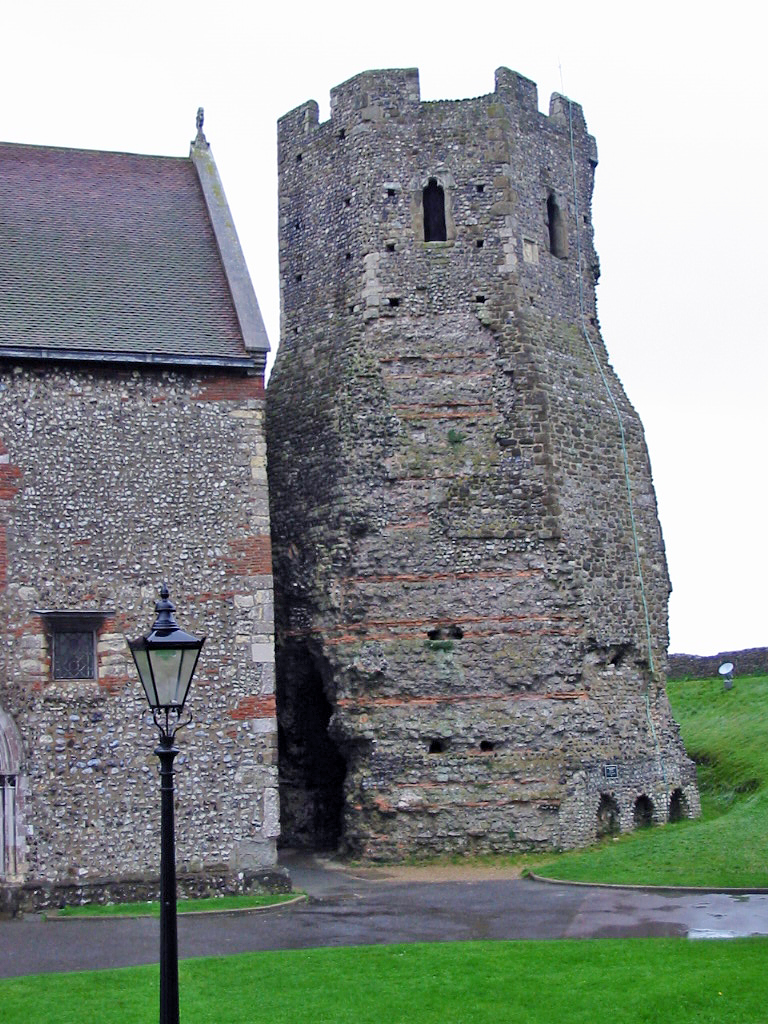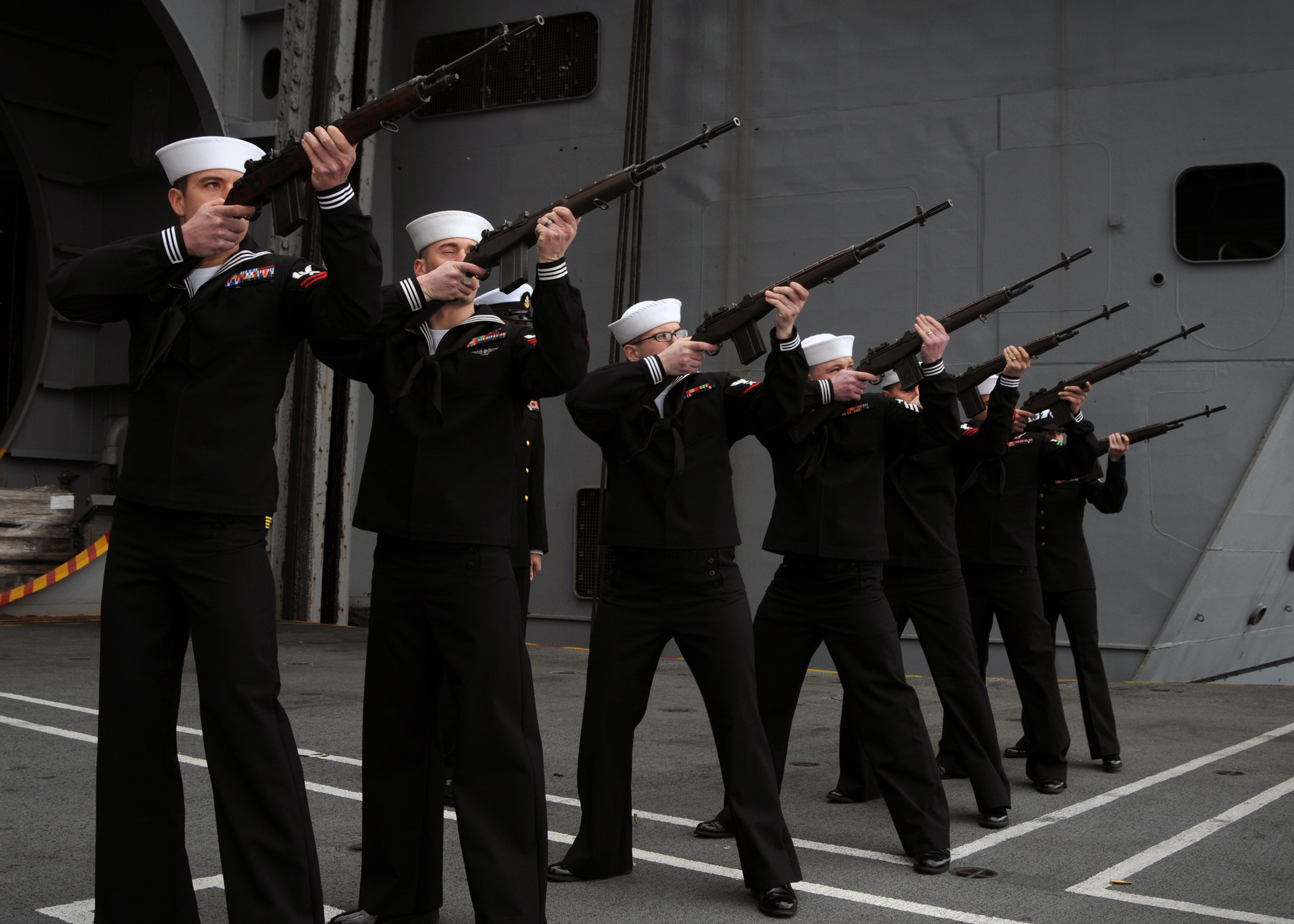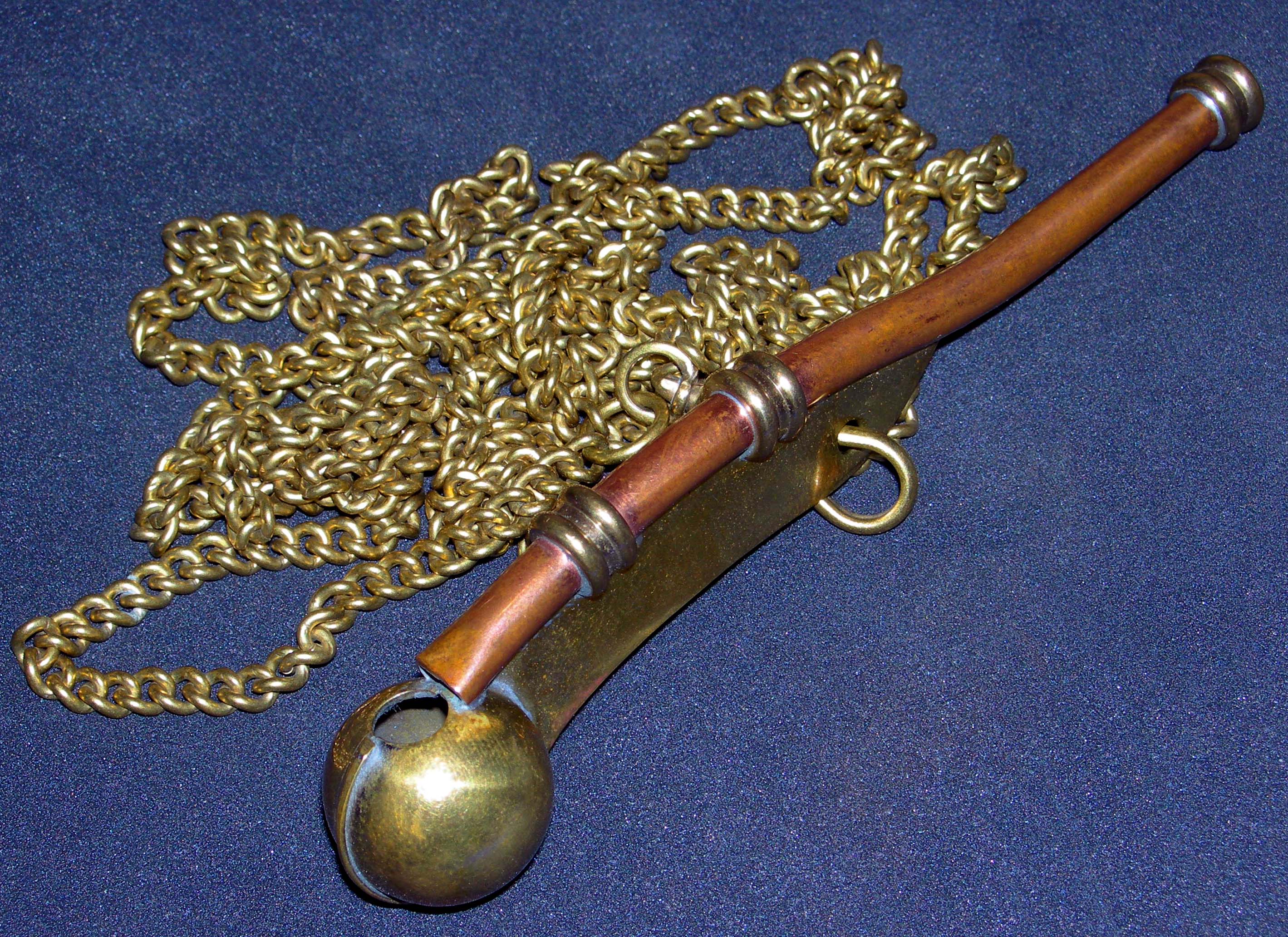|
HMS Verdun (1917)
HMS ''Verdun'' was an Admiralty V-class destroyer of the Royal Navy which saw service in the First and Second World Wars. So far she has been the only ship of the royal navy to bear the name ''Verdun'', after the Battle of Verdun. She was assigned to carry the remains of The Unknown Warrior home to Britain on 8 November 1920. First World War Launched on 21 August 1917 at the Hawthorn Leslie shipyard in Hebburn on Tyneside, ''Verdun'' was completed in November of the same year. She served with the Grand Fleet and the Harwich Force. Surrender of the German High Seas Fleet Under the terms of the Armistice, the German High Seas Fleet went into internment at the Royal Navy's base at Scapa Flow – in Operation ZZ, 60 Allied battleships escorted 11 battleships, 5 battlecruisers, 8 cruisers and 48 destroyers of the High Seas Fleet into captivity. At 11:00 on 20 November 1918 King George V, Queen Mary and the Prince of Wales embarked in and, preceded by the Verdun, steamed through ... [...More Info...] [...Related Items...] OR: [Wikipedia] [Google] [Baidu] |
Battle Of Verdun
The Battle of Verdun (french: Bataille de Verdun ; german: Schlacht um Verdun ) was fought from 21 February to 18 December 1916 on the Western Front in France. The battle was the longest of the First World War and took place on the hills north of Verdun-sur-Meuse. The German 5th Army attacked the defences of the Fortified Region of Verdun (RFV, ) and those of the French Second Army on the right (east) bank of the Meuse. Using the experience of the Second Battle of Champagne in 1915, the Germans planned to capture the Meuse Heights, an excellent defensive position, with good observation for artillery-fire on Verdun. The Germans hoped that the French would commit their strategic reserve to recapture the position and suffer catastrophic losses at little cost to the German infantry. Poor weather delayed the beginning of the attack until 21 February but the Germans captured Fort Douaumont in the first three days. The advance then slowed for several days, despite inflicting many F ... [...More Info...] [...Related Items...] OR: [Wikipedia] [Google] [Baidu] |
Tyneside
Tyneside is a built-up area across the banks of the River Tyne in northern England. Residents of the area are commonly referred to as Geordies. The whole area is surrounded by the North East Green Belt. The population of Tyneside as published in the 2011 census was 774,891, making it the eighth most-populous urban area in the United Kingdom. In 2013, the estimated population was 832,469. Politically, the area is mainly covered by the metropolitan boroughs of Newcastle-upon-Tyne, Gateshead, North Tyneside and South Tyneside. The boroughs on the Tyne are joint with Wearside which is in both the counties of Durham (Chester-le-Street) and Tyne and Wear. Settlements The ONS 2011 census had 774,891 census respondents inside the "Tyneside Built-up Area" or "Tyneside Urban Area". These figures are a decline from 879,996; this loss was mainly due to the ONS reclassifying Hetton-le-Hole, Houghton-le-Spring, Chester-le-Street and Washington in the Wearside Built-up Area instead of Tyn ... [...More Info...] [...Related Items...] OR: [Wikipedia] [Google] [Baidu] |
John Longley
Major-general (United Kingdom), Major General Sir John Raynsford Longley (7 March 1867 – 13 February 1953) was a British Army officer who reached high command during World War I. Military career Educated at Cheltenham College,Major General Sir John Raynsford Longley KCMG CB 1920–39 Queen's Royal Surreys website Longley was Commissioned officer, commissioned into the East Surrey Regiment in 1887 and served in South Africa in 1902, towards the end of the Second Boer War. In 1911 he was appointed Commanding Officer of 1st East Surreys and went to France in August 1914 at the start of World War I, fighting in the battles of Battle of Mons, Mons, Battle of Le Cateau, Le Cateau, First Battle of the ... [...More Info...] [...Related Items...] OR: [Wikipedia] [Google] [Baidu] |
Dover Castle
Dover Castle is a medieval castle in Dover, Kent, England and is Grade I listed. It was founded in the 11th century and has been described as the "Key to England" due to its defensive significance throughout history. Some sources say it is the largest castle in England, a title also claimed by Windsor Castle. History Iron age This site may have been fortified with earthworks in the Iron Age or earlier, before the Romans invaded in AD 43. This is suggested on the basis of the unusual pattern of the earthworks which does not seem to be a perfect fit for the medieval castle. Excavations have provided evidence of Iron Age occupation within the locality of the castle, but it is not certain whether this is associated with the hillfort. Roman era The site also contains one of Dover's two Roman lighthouses (or pharoses), one of only three surviving Roman-era lighthouses in the world, and the tallest and most complete standing Roman structure in England. It is also claimed to be B ... [...More Info...] [...Related Items...] OR: [Wikipedia] [Google] [Baidu] |
Gun Salute
A gun salute or cannon salute is the use of a piece of artillery to fire shots, often 21 in number (''21-gun salute''), with the aim of marking an honor or celebrating a joyful event. It is a tradition in many countries around the world. History Firing cannons is a maritime tradition that dates back to the 14th century , when the cannon began to impose itself on the battlefields: a boat entering the waters of a country unloads its weapons and thus marks its intentions peaceful. The coastal batteries or the boats encountered then respond to this salute. If 7 cannon shots are fired at the start, corresponding to the number of guns on board a boat, in addition to the symbolism of the number seven, this number increases to 21, since it was considered that for a shot fired by a boat, the batteries land had enough powder for three rounds. 21-gun salute By type Naval cannon fire When a cannon was fired, it partially disarmed the ship until reloaded, so needlessly firing a cann ... [...More Info...] [...Related Items...] OR: [Wikipedia] [Google] [Baidu] |
Three-volley Salute
The three-volley salute is a ceremonial act performed at military funerals and sometimes also police funerals. The custom originates from the European dynastic wars, in which the fighting ceased so that the dead and wounded could be removed. After this was accomplished, three shots were fired into the air to signal that the battle could resume. It should not be confused with the 21-gun salute (or 19-gun or 17-gun, etc.) which is fired by a battery of artillery pieces. United States In the United States it is part of the drill and ceremony of the Honor Guard. It consists of a rifle party firing blank cartridges into the air three times. A rifle party usually has an odd number of members, from three to seven. The firearm used is typically a rifle, but at some police funerals, shotguns or handguns are used. The party usually stands so that the muzzles are pointed over the casket. However, if mourners are present near the grave, the party stands some distance away (often recomme ... [...More Info...] [...Related Items...] OR: [Wikipedia] [Google] [Baidu] |
Quarterdeck
The quarterdeck is a raised deck behind the main mast of a sailing ship. Traditionally it was where the captain commanded his vessel and where the ship's colours were kept. This led to its use as the main ceremonial and reception area on board, and the word is still used to refer to such an area on a ship or even in naval establishments on land. Many such facilities have areas decorated like shipboard quarterdecks. In the 20th century the word came to be applied to the area at the stern of the ship, often (on naval vessels) used for secondary weapons and (on battleships) seaplane catapults. In modern military designs the stern has been roofed over by the helicopter deck but a large space remains underneath which is typically used for sonar equipment or small boats and which is still referred to as the quarterdeck in Commonwealth navies. Ceremonial use There are ancient traditions of offering special deference to the quarterdeck. Greek, Roman, and Carthaginian warships all c ... [...More Info...] [...Related Items...] OR: [Wikipedia] [Google] [Baidu] |
Boatswain's Call
A boatswain's call, pipe or bosun's whistle is a pipe or a non-diaphragm type whistle used on naval ships by a boatswain. The pipe consists of a narrow tube (the gun) which directs air over a metal sphere (the buoy) with a hole in the top. The player opens and closes the hand over the hole to change the pitch. The rest of the pipe consists of a "keel", a flat piece of metal beneath the gun that holds the call together, and the "shackle", a keyring that connects a long silver or brass chain that sits around the collar, when in ceremonial uniform. History and usage Historically the boatswain's call was used to pass commands to the crew when the voice could not be heard over the sounds of the sea. Because of its high pitch, it could be heard over the activities of the crew and bad weather. It is now used in traditional bugle calls such as ''Evening Colors''/''Sunset'', and in other ceremonies in most modern navies. It is sometimes accompanied by other auditive features such as r ... [...More Info...] [...Related Items...] OR: [Wikipedia] [Google] [Baidu] |
White Ensign
The White Ensign, at one time called the St George's Ensign due to the simultaneous existence of a cross-less version of the flag, is an ensign worn on British Royal Navy ships and shore establishments. It consists of a red St George's Cross on a white field, identical to the flag of England except with the Union Flag in the upper canton. The White Ensign is also worn by yachts of members of the Royal Yacht Squadron and by ships of Trinity House escorting the reigning monarch. In addition to the United Kingdom, several other nations have variants of the White Ensign with their own national flags in the canton, with the St George's Cross sometimes being replaced by a naval badge omitting the cross altogether. Yachts of the Royal Irish Yacht Club wear a white ensign with an Irish tricolour in the first quadrant and defaced by the crowned harp from the Heraldic Badge of Ireland. The Flag of the British Antarctic Territory and the Commissioners' flag of the Northern Lighthouse Bo ... [...More Info...] [...Related Items...] OR: [Wikipedia] [Google] [Baidu] |
Marshal Foch
Ferdinand Foch ( , ; 2 October 1851 – 20 March 1929) was a French general and military theorist who served as the Supreme Allied Commander during the First World War. An aggressive, even reckless commander at the First Marne, Flanders and Artois campaigns of 1914–1916, Foch became the Allied Commander-in-Chief in late March 1918 in the face of the all-out German spring offensive, which pushed the Allies back using fresh soldiers and new tactics that trenches could not withstand. He successfully coordinated the French, British and American efforts into a coherent whole, deftly handling his strategic reserves. He stopped the German offensive and launched a war-winning counterattack. In November 1918, Marshal Foch accepted the German cessation of hostilities and was present at the Armistice of 11 November 1918. At the outbreak of war in August 1914, Foch's XX Corps participated in the brief invasion of Germany before retreating in the face of a German counter-attack and succ ... [...More Info...] [...Related Items...] OR: [Wikipedia] [Google] [Baidu] |
Boulogne-sur-Mer
Boulogne-sur-Mer (; pcd, Boulonne-su-Mér; nl, Bonen; la, Gesoriacum or ''Bononia''), often called just Boulogne (, ), is a coastal city in Northern France. It is a sub-prefecture of the department of Pas-de-Calais. Boulogne lies on the Côte d'Opale, a touristic stretch of French coast on the English Channel between Calais and Normandy, and the most visited location in the region after the Lille conurbation. Boulogne is its department's second-largest city after Calais, and the 183rd-largest in France.Téléchargement du fichier d'ensemble des populations légales en 2017 [...More Info...] [...Related Items...] OR: [Wikipedia] [Google] [Baidu] |
English Channel
The English Channel, "The Sleeve"; nrf, la Maunche, "The Sleeve" (Cotentinais) or ( Jèrriais), (Guernésiais), "The Channel"; br, Mor Breizh, "Sea of Brittany"; cy, Môr Udd, "Lord's Sea"; kw, Mor Bretannek, "British Sea"; nl, Het Kanaal, "The Channel"; german: Ärmelkanal, "Sleeve Channel" ( French: ''la Manche;'' also called the British Channel or simply the Channel) is an arm of the Atlantic Ocean that separates Southern England from northern France. It links to the southern part of the North Sea by the Strait of Dover at its northeastern end. It is the busiest shipping area in the world. It is about long and varies in width from at its widest to at its narrowest in the Strait of Dover."English Channel". ''The Columbia Encyclopedia'', 2004. It is the smallest of the shallow seas around the continental shelf of Europe, covering an area of some . The Channel was a key factor in Britain becoming a naval superpower and has been utilised by Britain as a natural def ... [...More Info...] [...Related Items...] OR: [Wikipedia] [Google] [Baidu] |









